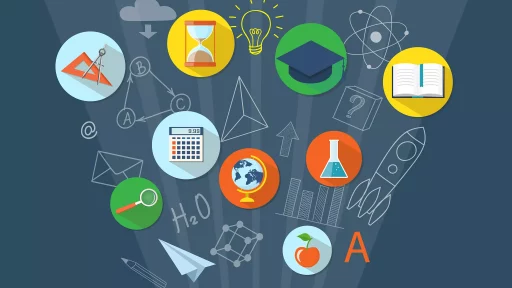What Does Dwindle Mean?
The term dwindle refers to the process of gradually decreasing in size, amount, strength, or importance. It originates from the Middle English word ‘dwindlen,’ which means to waste away or shrink. This concept can apply to various contexts, such as resources, health, or populations.
Common Uses of Dwindle
Dwindling can be applied in several scenarios. Here are some common contexts where we witness this phenomenon:
- Natural Resources: The overuse of resources such as forests, minerals, or water can lead to a dwindling supply, putting stress on ecosystems and communities reliant upon them.
- Wildlife Populations: Many animal species experience dwindling populations due to habitat loss, hunting, or climate change, raising alarms for conservationists and policymakers.
- Financial Resources: Individuals and businesses may find their savings dwindle over time due to excessive spending or economic downturns.
- Health: In terms of health, individuals may experience dwindling energy levels or health as they age or face illness, influencing their quality of life.
Examples of Dwindling in Real Life
To better understand the concept of dwindling, let’s look at some illustrative examples:
- Bee Population: Reports indicate that bee populations are dwindling globally due to factors such as pesticide use, habitat loss, and climate change. According to the World Wildlife Fund, a third of the food we consume depends on pollinators like bees, highlighting the urgency of this dwindling population.
- Forest Areas: Amazon rainforest deforestation has resulted in dwindling forest areas, which are now at risk due to human activities. A 2021 report estimated that the forest area had reduced by over 1 million square kilometers since 1970.
- Fish Stocks: Global fish stocks are dwindling as overfishing continues to affect marine populations. The Food and Agriculture Organization (FAO) has reported that nearly 34% of fish stocks are overfished, creating concerns for future fishing industries.
Case Studies Highlighting Dwindling Resources
To emphasize the impact of dwindling resources, we can examine a few significant case studies:
1. The Great Barrier Reef
The Great Barrier Reef in Australia has been witnessing a dwindling population of coral due to rising ocean temperatures and pollution. According to a study published in Science Magazine, coral cover has diminished by almost 50% in the last three decades. This decline threatens biodiversity and marine life dependent on the reef.
2. The Global Oil Crisis
The global oil reserves have been dwindling due to increased extraction and consumption rates. As per the U.S. Energy Information Administration, oil consumption is expected to rise, leading to a potential shortage in the coming decades. This dwindling may force nations to explore alternative energy sources.
Statistics Reflecting Dwindling Trends
Employing statistics helps demonstrate the gravity of dwindling resources across various sectors. Here are some pivotal statistics:
- Global Biodiversity: International Union for Conservation of Nature (IUCN) states that around 28% of assessed species are threatened with extinction, signifying a significant dwindling trend in biodiversity.
- Water Scarcity: The UN reports that by 2025, 1.8 billion people will live in areas affected by water scarcity, indicating a critical dwindling of water resources.
- Global Forests: According to the FAO, the world loses about 10 million hectares of forest annually, marking a continual decline in forest cover.
Conclusion
In summary, the term dwindle encapsulates the notion of gradual reduction across various domains, including natural resources, populations, and health. Understanding this concept is crucial in addressing critical issues such as environmental sustainability, wildlife conservation, and personal financial management. By recognizing the patterns of dwindling, society can mobilize efforts to conserve resources and foster a more sustainable future.





